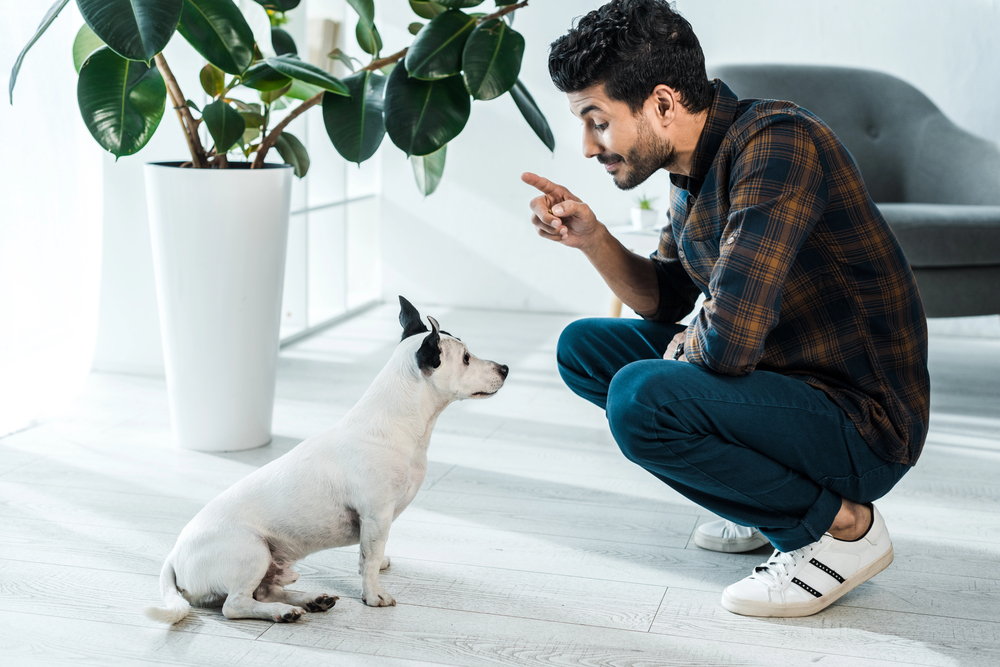
Training begins earlier than you might think—learn how to guide your puppy or kitten with positive habits from the very first day.
Read Time: 4 minutes
Welcoming a new puppy or kitten into your home is exciting—but it also comes with a big responsibility: teaching them how to live safely, calmly, and happily in your world. Many pet owners wonder when to begin training, and the answer might surprise you: it starts the moment your pet walks through your door.
Early training sets the stage for better behavior, a stronger bond, and fewer stressors down the line. Here’s how to begin building lifelong manners, trust, and communication from the start.
Training Starts With the First Interaction
Training doesn’t begin when your pet learns to “sit.” It begins with the first moment you interact. The way you greet your new pet, set up their environment, and respond to behaviors lays the groundwork for everything that follows.
From the start, use calm energy, gentle touch, and consistent boundaries. Reward the behaviors you want to see more of—like using the litter box or settling down quietly—and avoid unintentionally reinforcing unwanted behaviors with attention or treats.
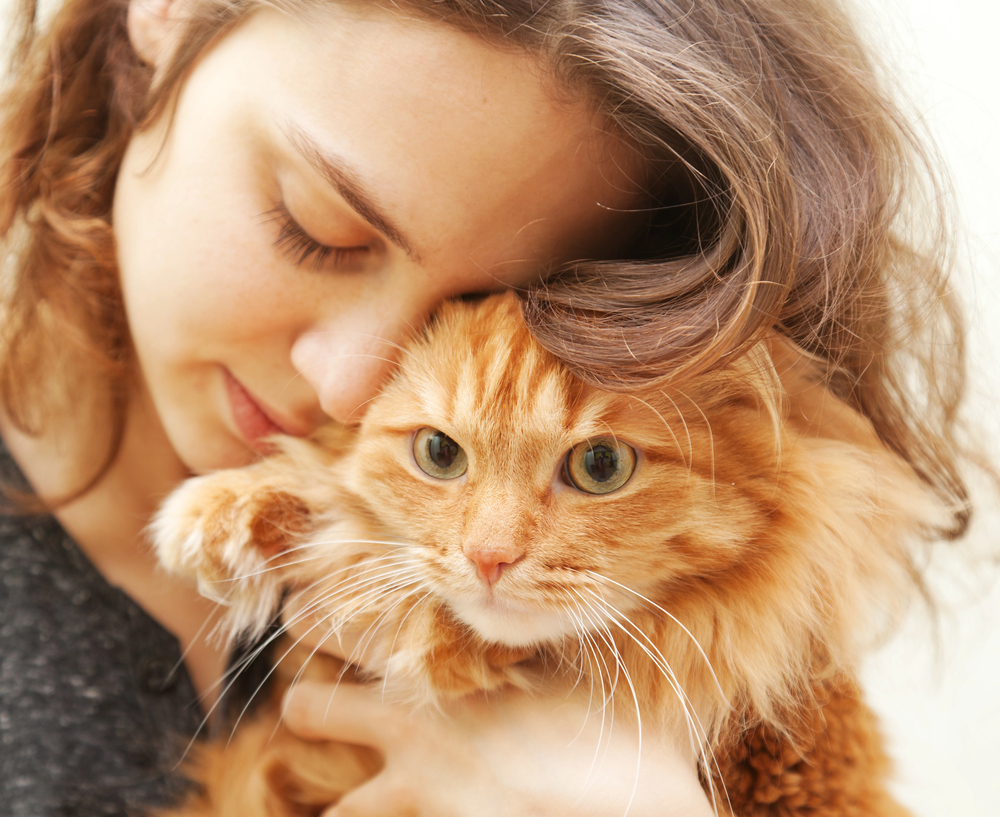
Puppies: Socialization and Basic Manners
Puppies are most impressionable during their socialization window, which occurs between 3 and 16 weeks of age. During this time, introduce your puppy to new people, other dogs, sounds, and environments in a safe and positive way. This builds confidence and reduces the risk of fear-based behaviors later in life.
You can begin teaching simple commands like “sit,” “stay,” “come,” and leash walking as early as 8 weeks. Just keep sessions short and fun, using praise, treats, and play as rewards. Consistency is key—even 5 minutes a day makes a difference.
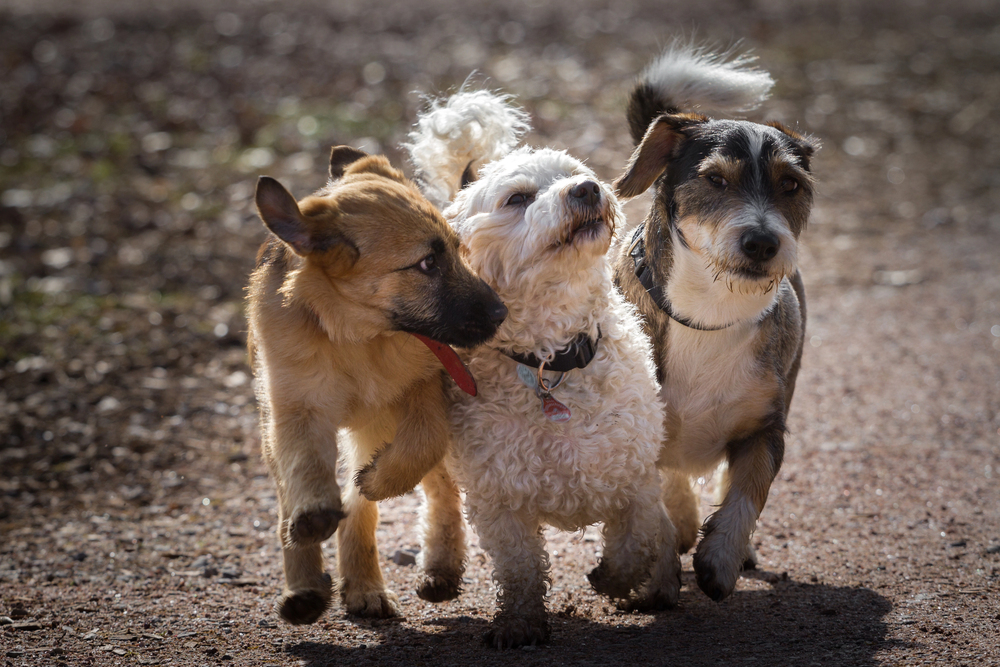
Kittens: Litter Habits, Handling, and Routine
Kittens, while more independent than puppies, still benefit from early training. Begin with litter box setup, gentle handling, and getting your kitten used to being touched on their paws, ears, and mouth—especially helpful for future grooming and vet care.
Use play to redirect biting or scratching, and encourage appropriate behaviors like using a scratching post or sitting calmly before meals. Like dogs, cats learn best through repetition and positive reinforcement.
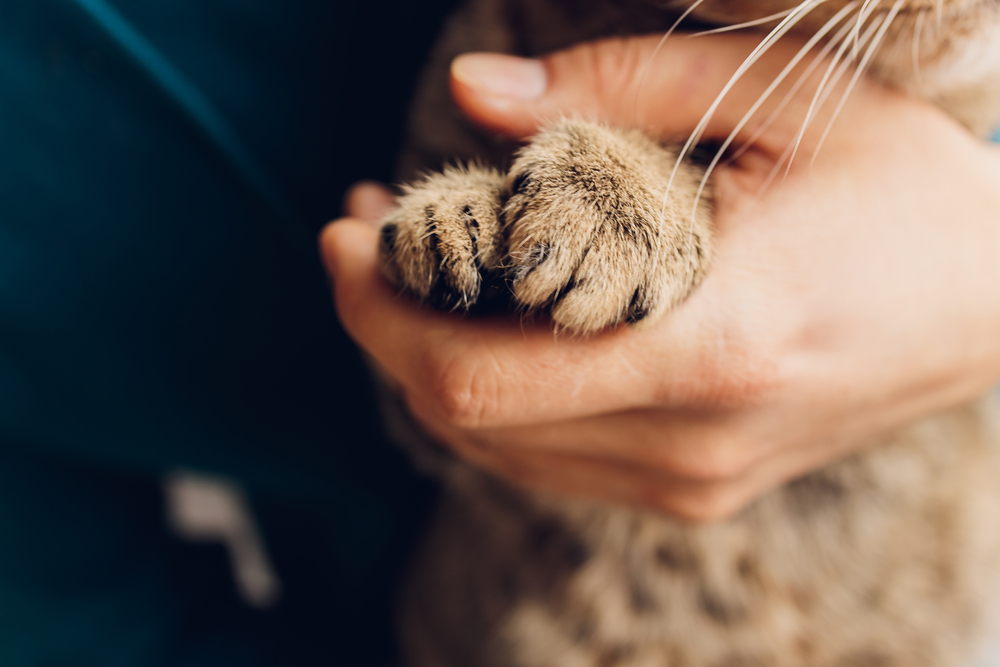
Training Is Also About Preventing Problems
Training isn’t just about tricks—it’s about creating a safe and predictable environment. Teaching your pet how to respond to cues and routines helps prevent accidents, aggression, anxiety, and destructive behavior.
Start with routines: feeding at the same time, scheduled potty breaks or litter box scooping, and regular playtime. These patterns help your pet feel secure and promote quicker learning.
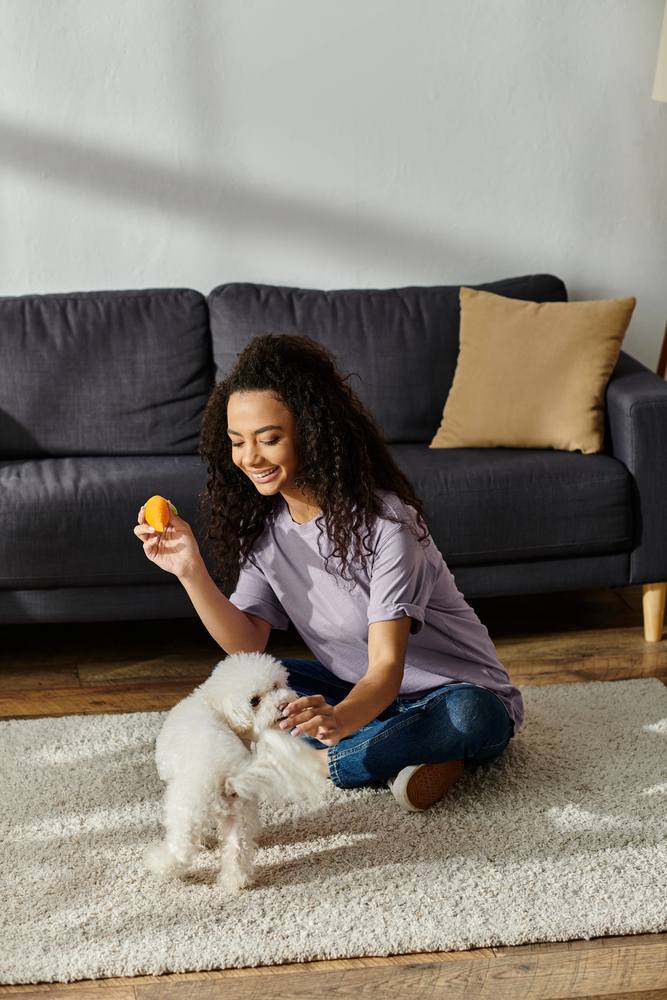
Know When To Ask for Help
Every pet is different. If your puppy is struggling with housetraining, or your kitten is showing signs of fear or aggression, don’t hesitate to reach out for guidance. Early intervention can prevent problems from escalating.
Your veterinarian can help identify behavioral red flags, rule out medical causes, and recommend local trainers or behaviorists who use positive reinforcement-based methods.
We’re Here To Support You From the Start
At Windermere Veterinary Services, we believe training and wellness go hand-in-hand. From your pet’s very first visit, we’ll help you understand what’s normal, what needs attention, and how to build positive habits for the long run.
Trusted Guidance From Windermere Veterinary Services
We’re happy to talk through your new pet’s behavior, recommend trusted resources, and ensure they’re physically and emotionally set up for success. When you’re starting fresh, having the right team in your corner makes all the difference.
Call us today at (407) 217-7635
Training Is a Lifelong Conversation
Training is more than a checklist—it’s an ongoing dialogue between you and your pet. By starting early, staying patient, and using positive techniques, you’re creating a foundation of trust and communication that lasts a lifetime.
And remember: every well-behaved adult pet started with a few clumsy, messy, and wonderful learning moments. It’s part of the journey—and you don’t have to do it alone.
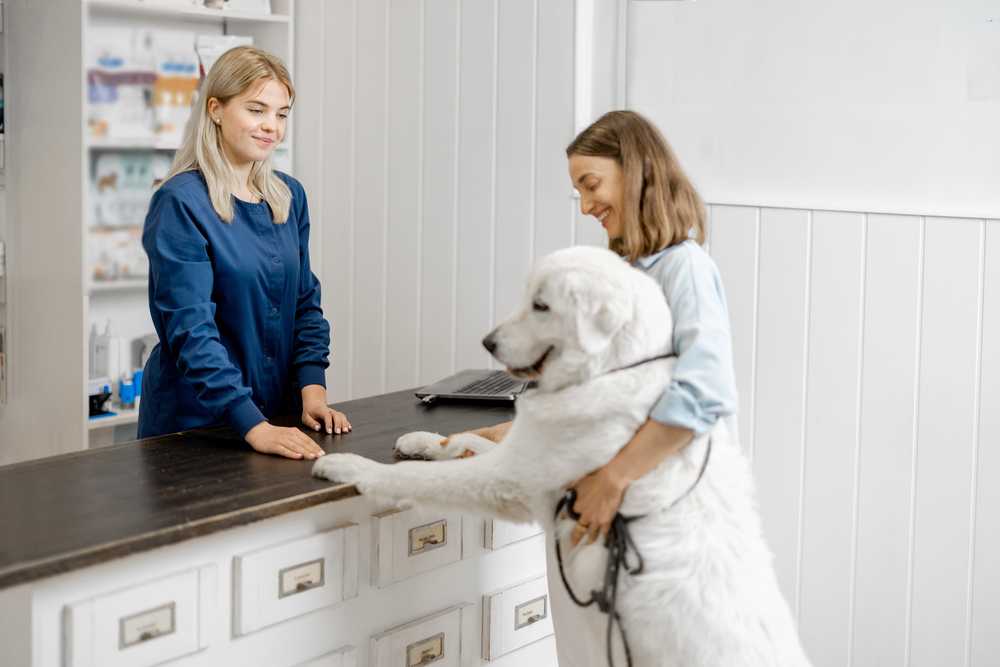
Call Us To Discuss Your Pet’s Behavior and Training Needs
At Windermere Veterinary Services, we’re here to support you through every phase of pet parenthood—from first commands to lifelong understanding.
Call (407) 217-7635

